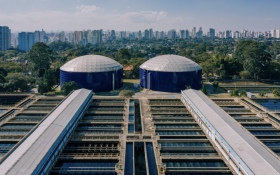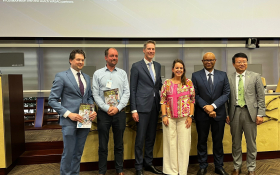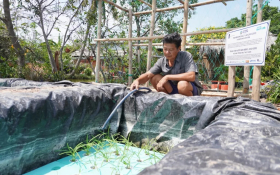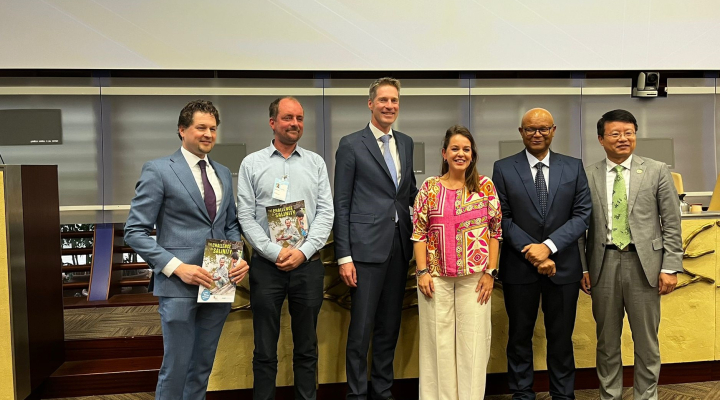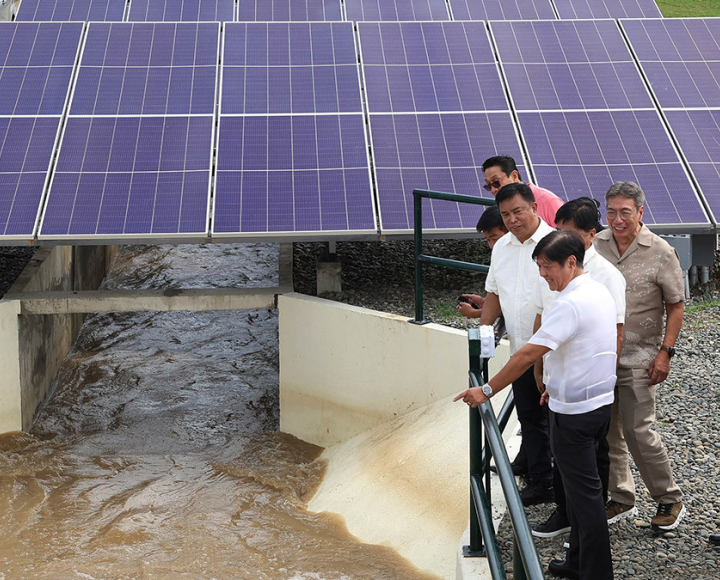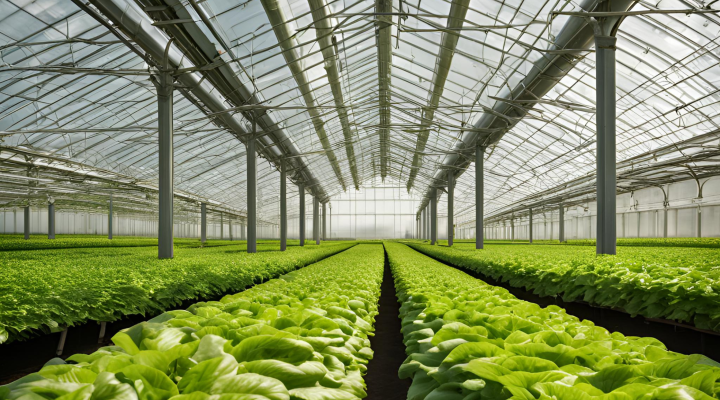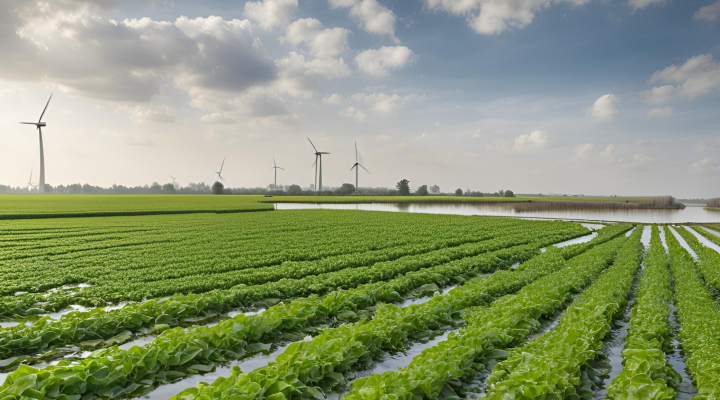Dutch expertise helps reverse desertification and boosts agricultural productivity in India
Western Madhya Pradesh, once plagued by severe drought and water scarcity, has undergone a dramatic transformation. A large-scale irrigation initiative has significantly improved agricultural productivity, water efficiency, and rural stability. Central to this achievement is a sustained knowledge exchange and capacity development partnership between the Government of Madhya Pradesh and IHE Delft in the Netherlands.
Building water leadership in Madhya Pradesh
In 2013–2014, ten engineers from Madhya Pradesh's Water Resources Department attended an intensive, output-oriented training programme at IHE Delft. The course focused on river basin planning and the application of integrated, transdisciplinary approaches to water resource management. Equipped with this expertise, the engineers returned home ready to drive systemic change. They played pivotal roles in developing basin plans for the Sindh and Chambal Rivers, as well as spearheading a major irrigation initiative in the drought-prone Rajgarh district in Madhya Pradesh.
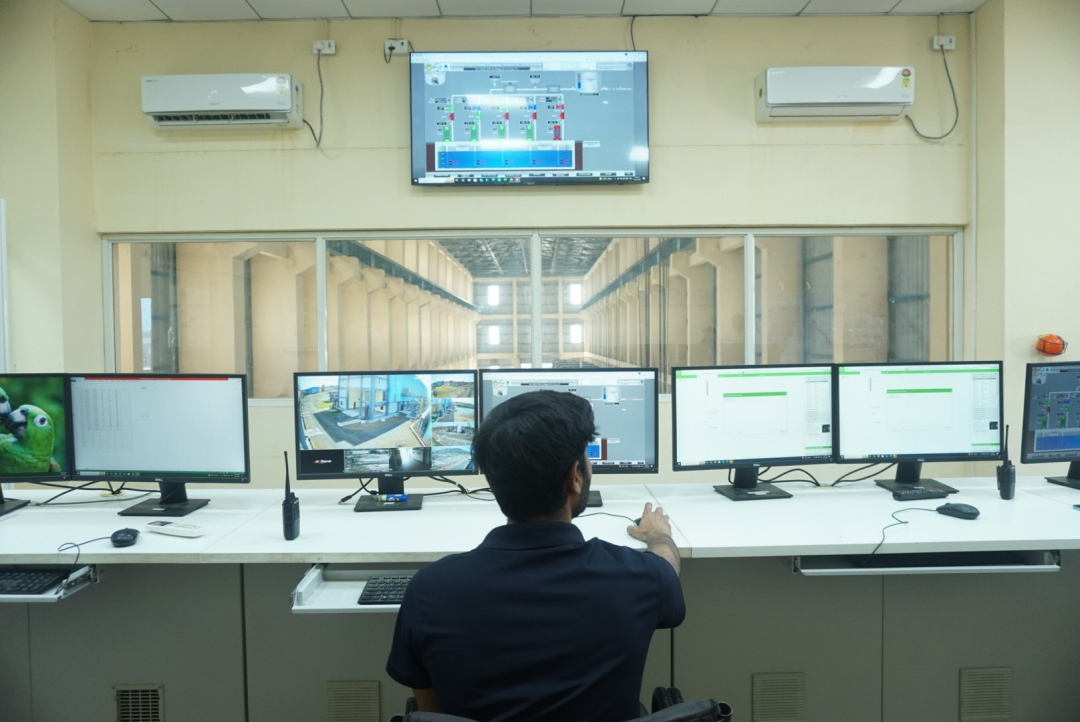

From Dutch training to flagship irrigation projects
The engineers’ Dutch training directly informed the design and implementation of two flagship irrigation projects in Mohanpura and Kundalia. These initiatives marked a shift from traditional open canal systems to advanced, pressurised irrigation infrastructure. Twelve high-elevation pumping stations now distribute water via closed, pressurised pipelines. The systems operate in real time, delivering water directly to farms with minimal losses.
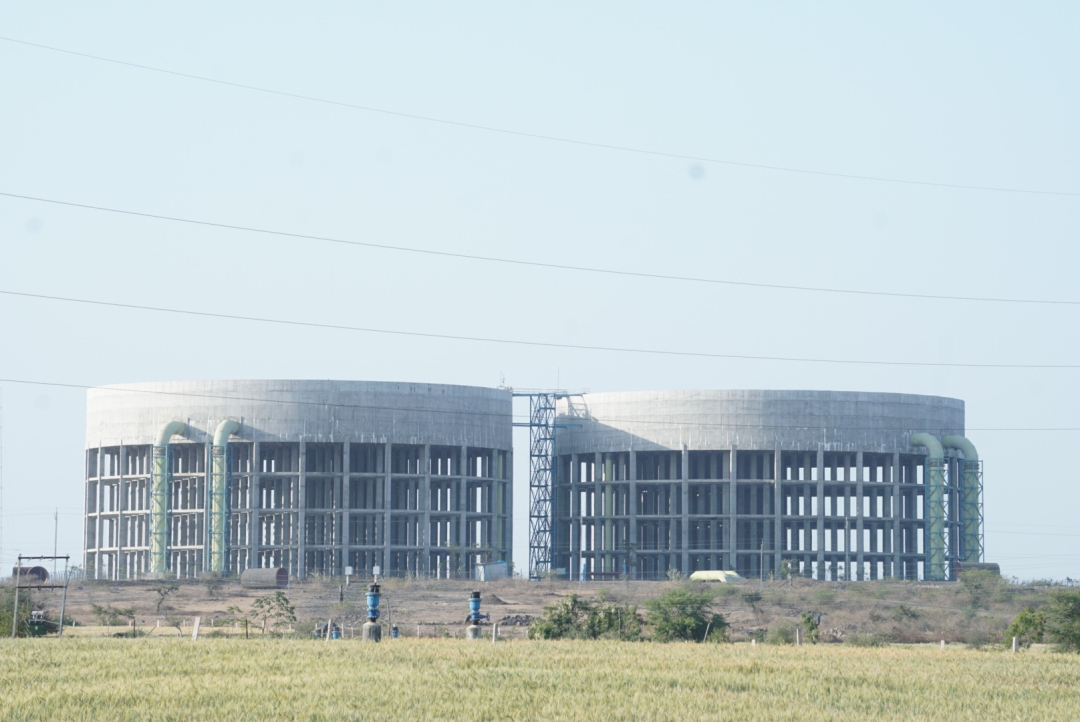

Transforming irrigation in Madhya Pradesh
Pressurised irrigation systems use closed pipelines to maintain consistent water pressure, enabling precise techniques such as drip and sprinkler irrigation. These methods reduce water loss and deliver moisture directly to crop root zones, enhancing efficiency and productivity.
The Mohanpura–Kundalia irrigation network spans 26,000 kilometres and is the largest of its kind in the world. Water is lifted from reservoirs by high-elevation pumping stations and conveyed through the underground pipeline network. Equipped with SCADA (Supervisory Control and Data Acquisition), the system maintains constant pressure, ensures real-time control, equitable distribution, and efficient water use from dam to farm.
The system incentivises farmers to cultivate water-efficient crops through a points-based allocation mechanism. This approach increased water-use efficiency from 38% to 80% within five years. Agricultural output has quadrupled across 290,000 hectares, enabling year-round cultivation and reducing reliance on monsoon rains.
Social and economic impact
The technical improvements have yielded profound social and economic benefits. Previously, many farmers migrated to cities during dry seasons to find work. Now, access to surface water has reduced distress migration by 64%. As a result, families remain united, women are no longer burdened with running farms alone, and children’s education faces fewer disruptions.
Before these projects, districts like Rajgarh were among the least irrigated in India. However, the completion of a dam in 2014 and the implementation of seven large-scale irrigation projects changed this significantly. Today, over 700 villages and 130,000 hectares - including high-altitude areas- are irrigated. These efforts have helped reverse desertification, lower energy consumption, and reduce the agricultural carbon footprint.
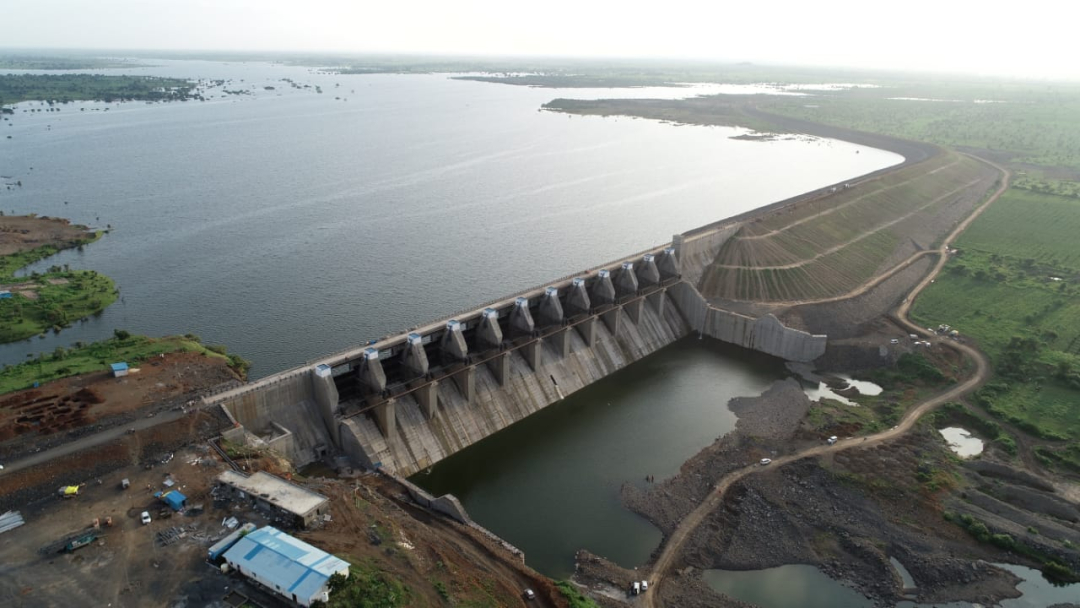

Scaling up pressurised irrigation
The projects align with the principles of Integrated Water Resource Management (IWRM), balancing the needs of agriculture, industry, households, and ecosystems through inclusive, data-driven planning. Recognising its innovation, the project won the 2024 Central Board of Irrigation and Power (CBIP) Award for Best IWRM Project.
Motivated by the results, the Government of India is now scaling up pressurised irrigation systems across 2.5 million hectares. The Dutch-led training laid the groundwork for Madhya Pradesh’s Water Resources Department to develop and scale sustainable irrigation solutions. This case underscores the long-term impact of international knowledge exchange and the importance of investing in capacity building and cross-border cooperation.
This article is based on an original publication by IHE Delft, available via this link.
Photo credits: Communications Team, Mohanpura-Kundalia Project Management Unit
